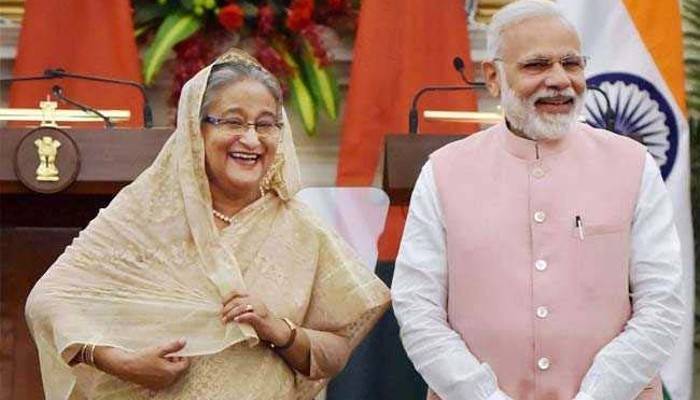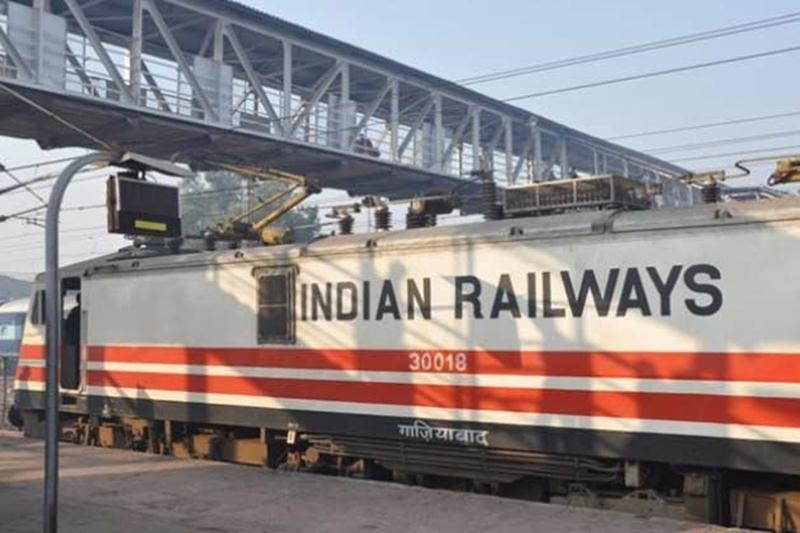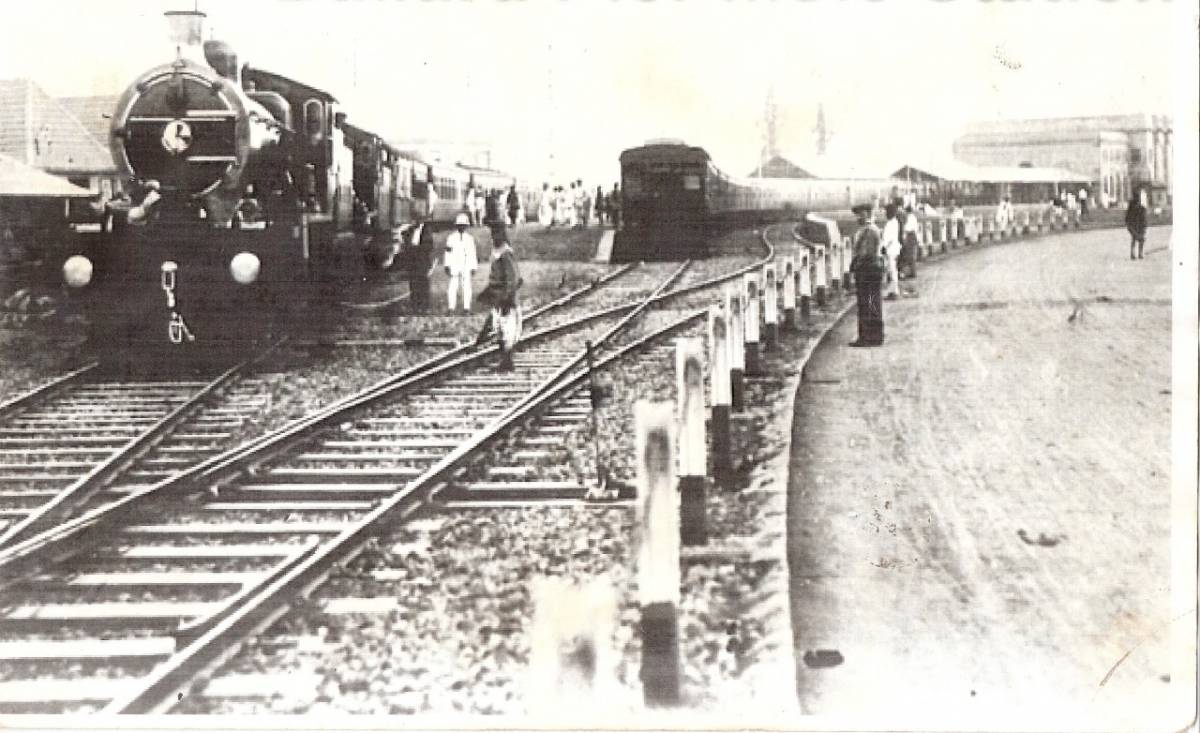Akhaura-Agartala new railway line (5.05 km in India and 10.014 km in Bangladesh) will link Bangladesh’s railway station Akhaura through an international immigration station at Nischintapur in western Tripura…reports Asian Lite News
Prime Minister Narendra Modi and his Bangladesh counterpart Sheikh Hasina are likely to jointly inaugurate two railway projects and a mega power plant on November 1, officials said here on Sunday.
A government official said that Modi and Hasina is likely jointly virtually inaugurate the 1320 MW generation capacity Maitree Super Thermal Power project at Rampal in Bangladesh’s Khulna division, 15.064 km long Akhaura (Bangladesh)-Agartala (Tripura, India) rail link project, 86.87 km long Khulna-Mongla port rail line project.
Akhaura-Agartala new railway line (5.05 km in India and 10.014 km in Bangladesh) will link Bangladesh’s railway station Akhaura through an international immigration station at Nischintapur in western Tripura.
Funded by India, the Northeast Frontier Railway (NFR) is the nodal agency of the Rs 1,000 crore Agartala-Akhaura railway project, which was finalised in January 2010 when Bangladesh Prime Minister met then Indian Prime Minister Manmohan Singh during her visit to New Delhi.
The Agartala-Akhaura railway project, which is a dual gauge station for both passenger and goods interchange between India and Bangladesh would enable people of the northeastern states, especially Tripura, and southern part of Assam and Mizoram, can go to Kolkata by rail saving 22 hours of travel time.
Currently, the people of the region, especially those in Tripura and its adjoining areas, go to Kolkata via Guwahati by rail, spending more than 38 hours.
The US 2 billion dollar 1320 MW generation capacity Maitree Super Thermal Power project at Rampal, with two units of 560 MW each, was constructed under the concessional financing scheme of India.
It is being built by Bharat Heavy Electricals Limited (BHEL) for the Bangladesh-India Friendship Power Company Private Ltd (BIFPCL) which is a 50:50 Joint Venture Company between India’s National Thermal Power Company Limited (NTPC) and Bangladesh Power Development Board (BPDB).
ALSO READ-








